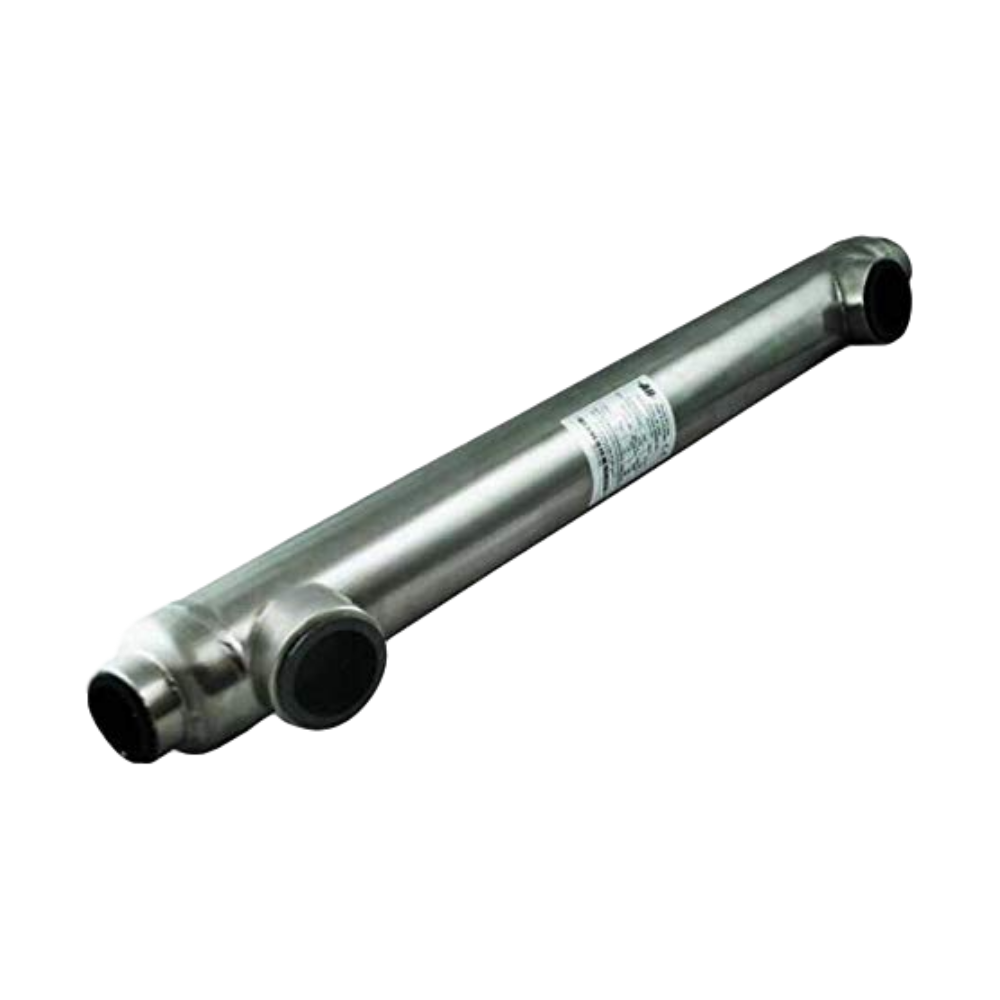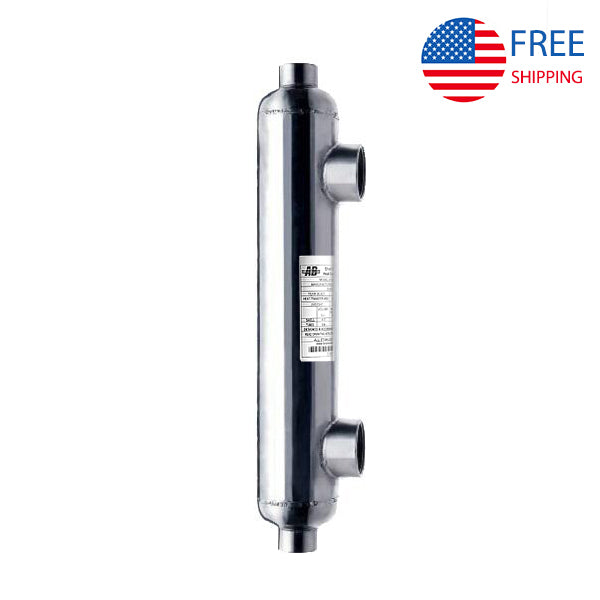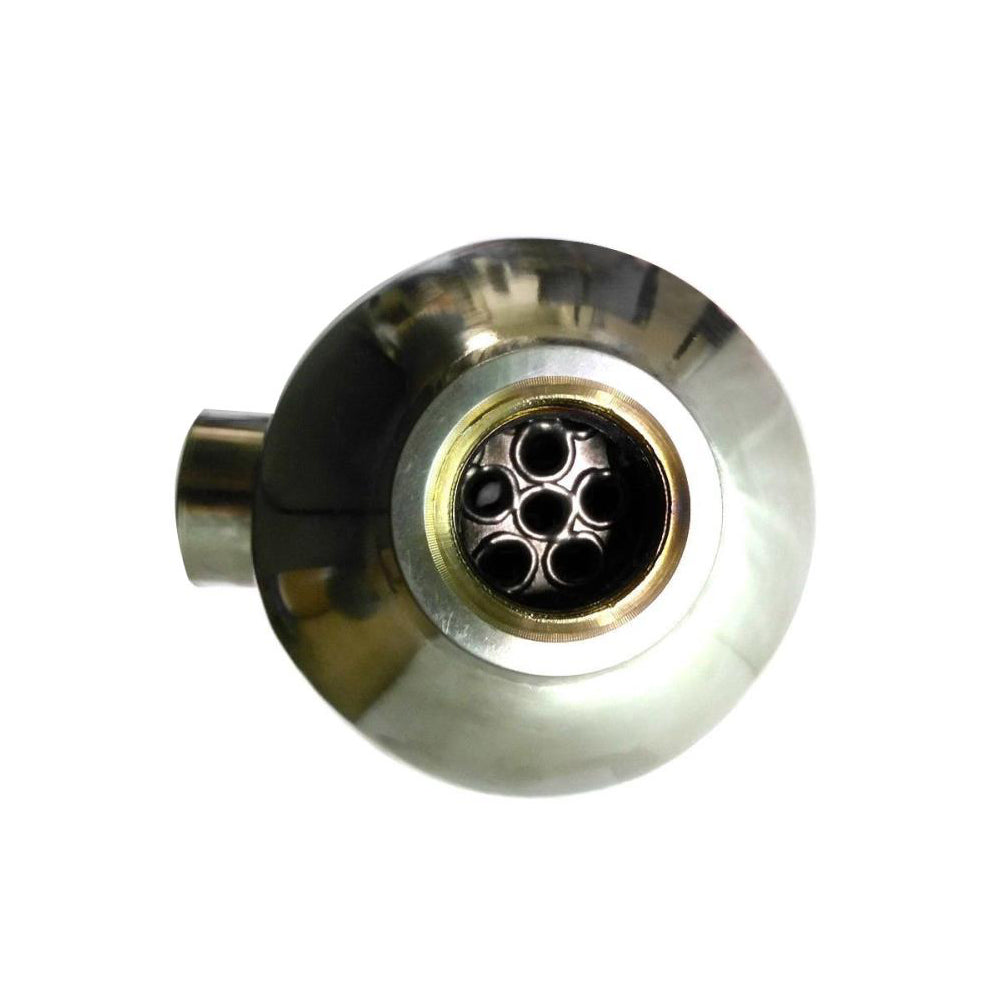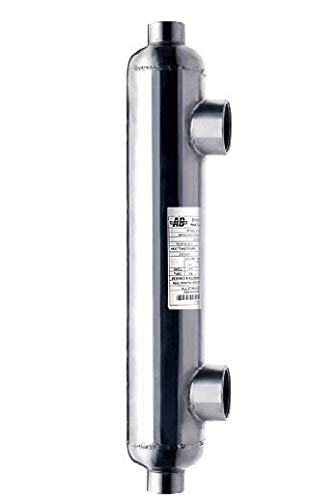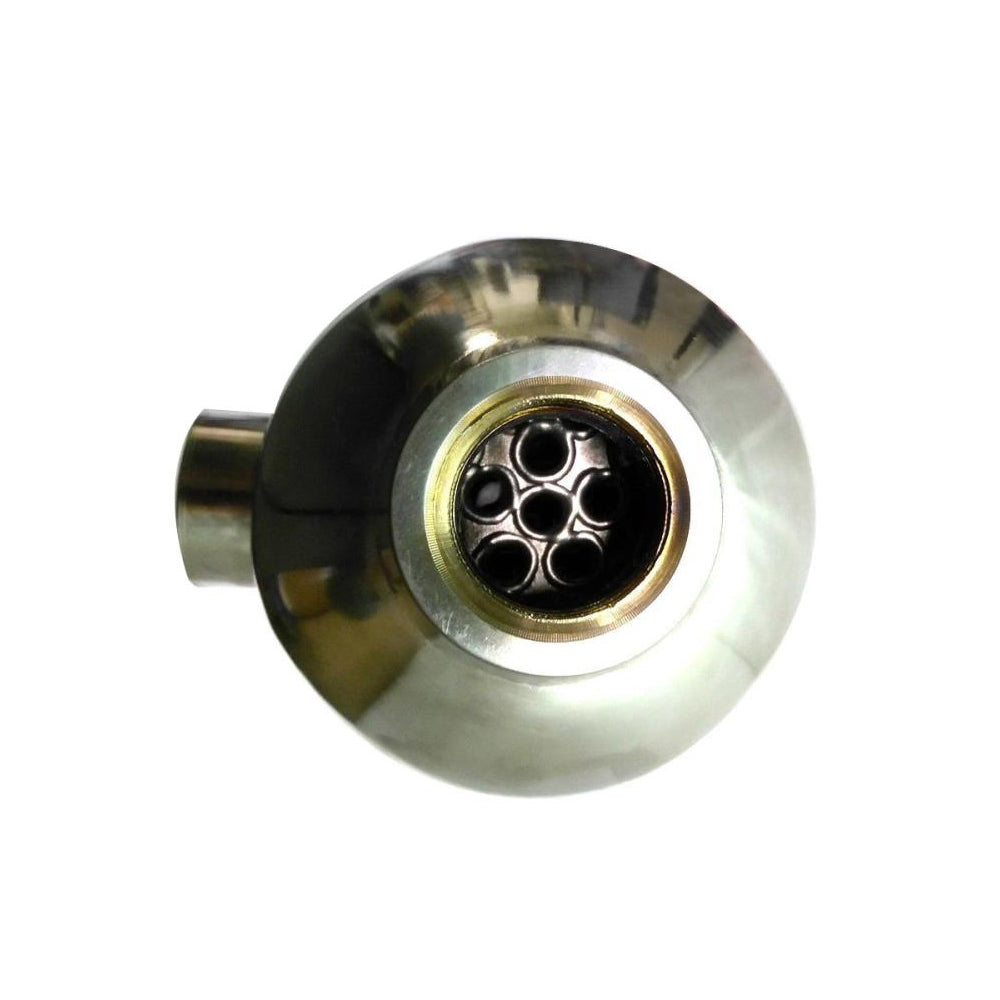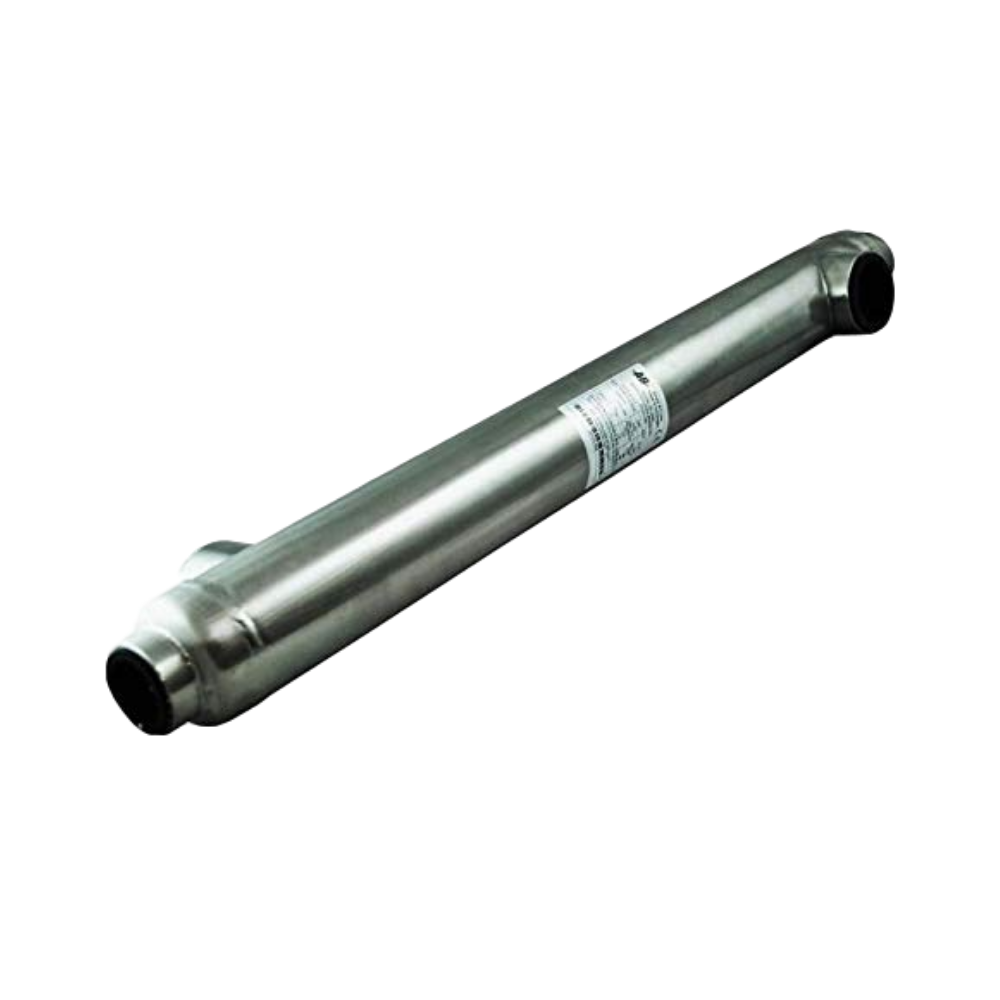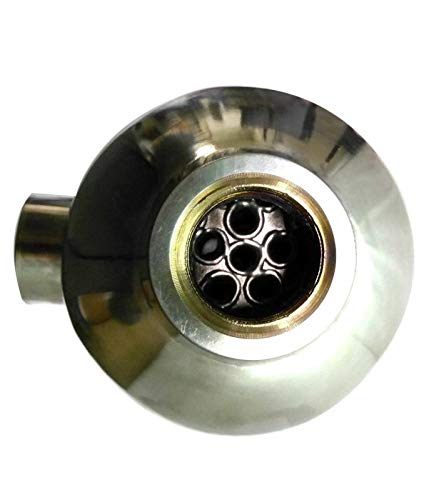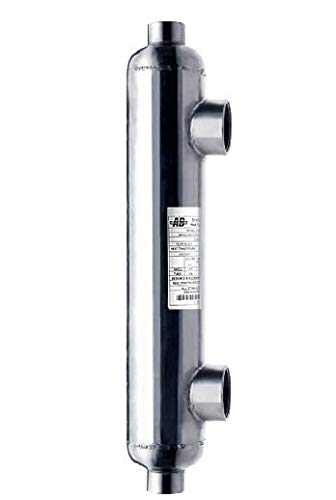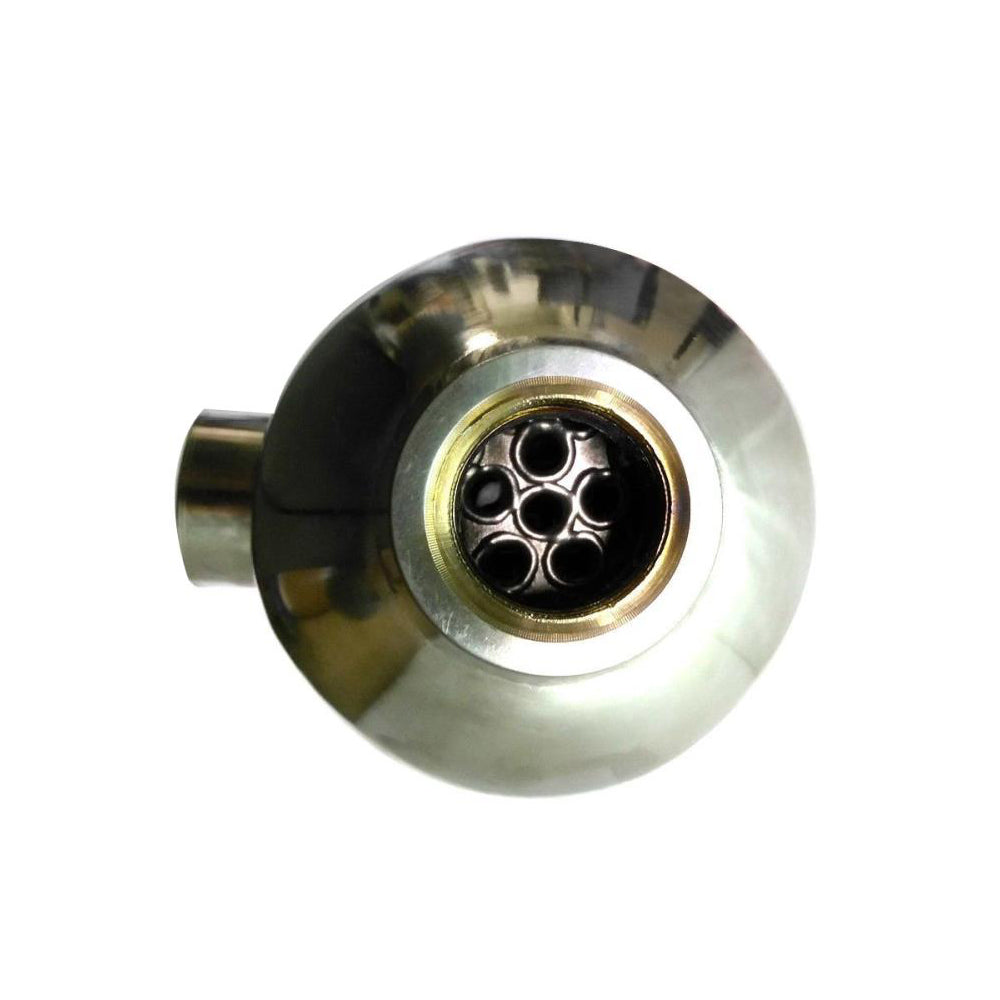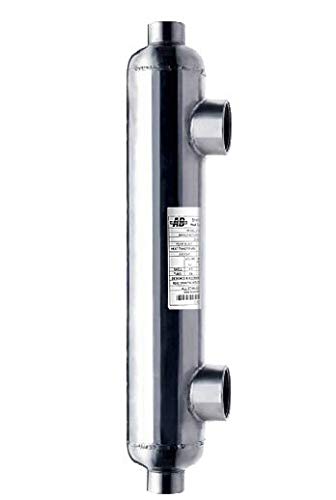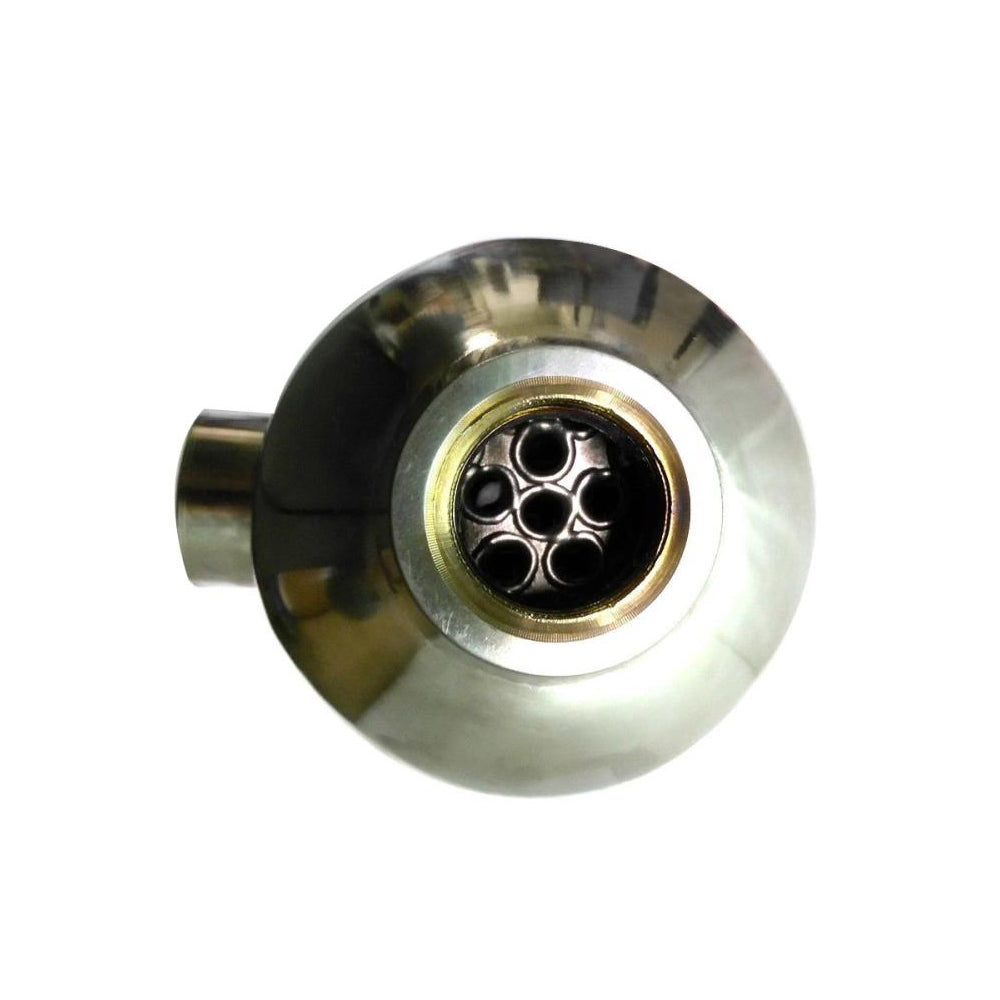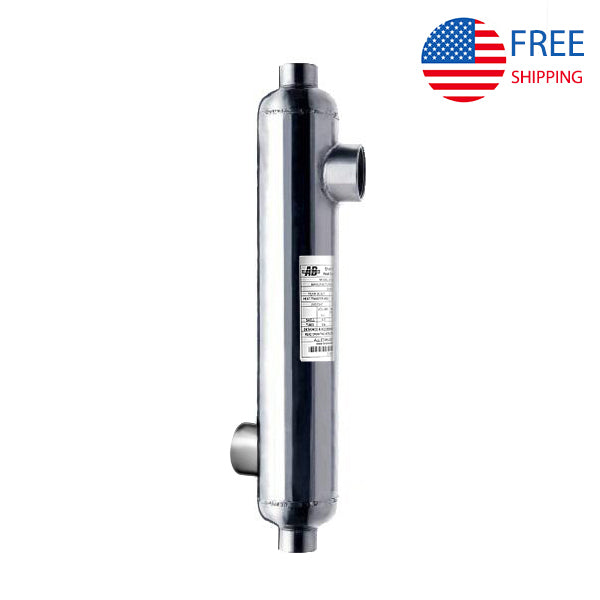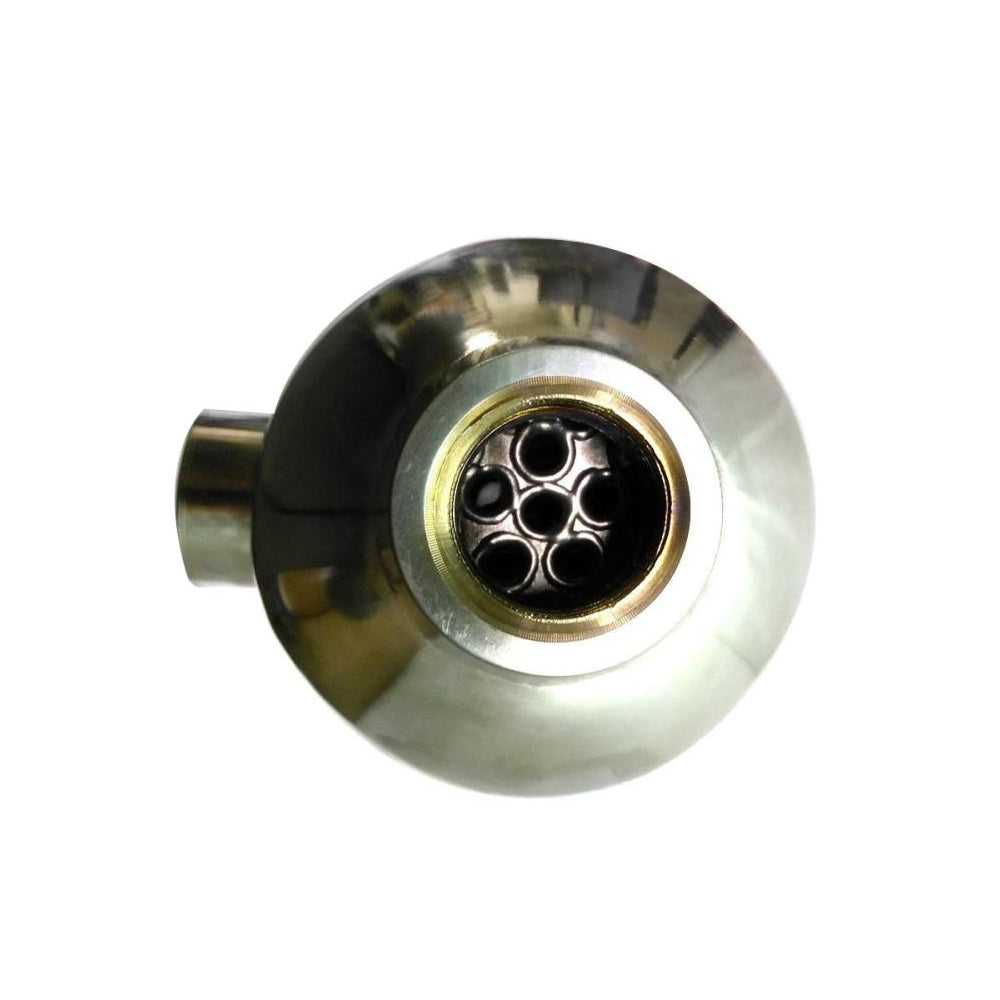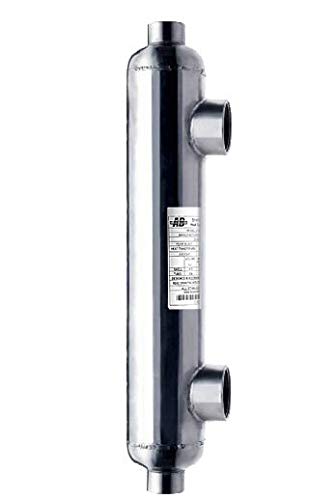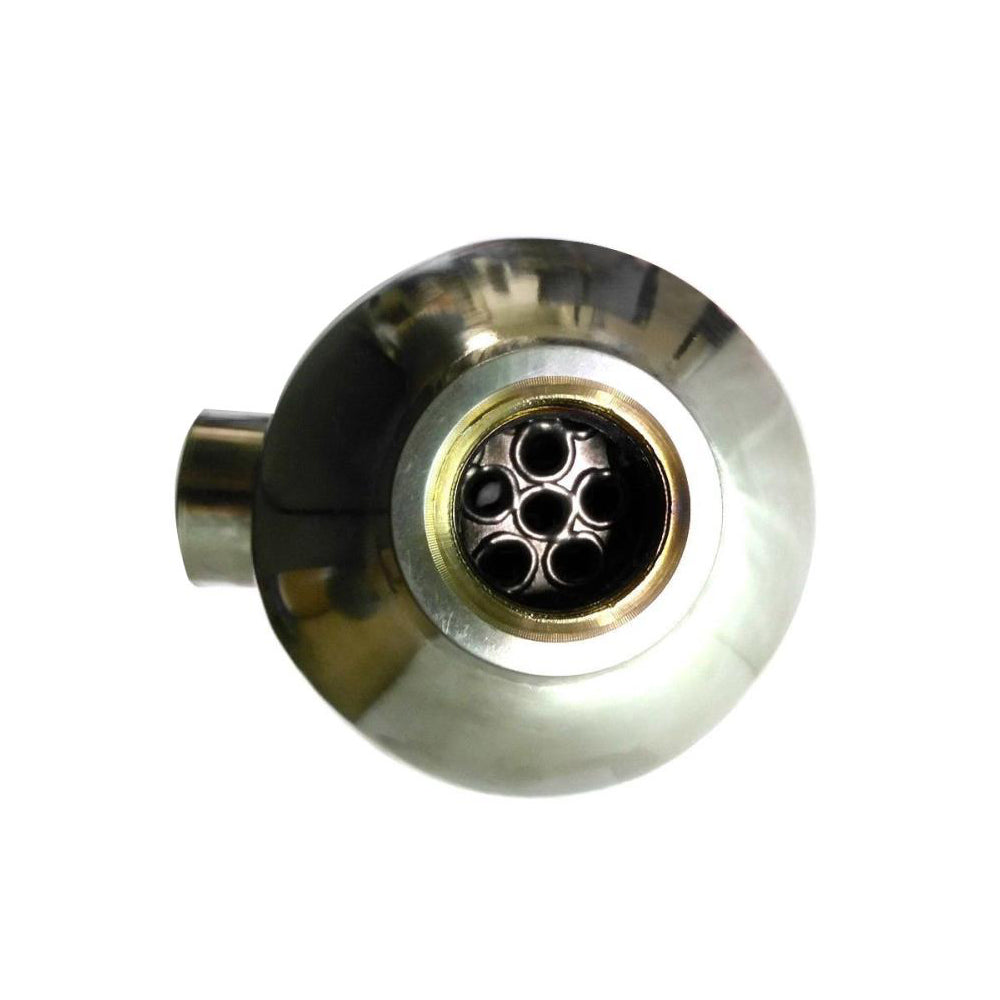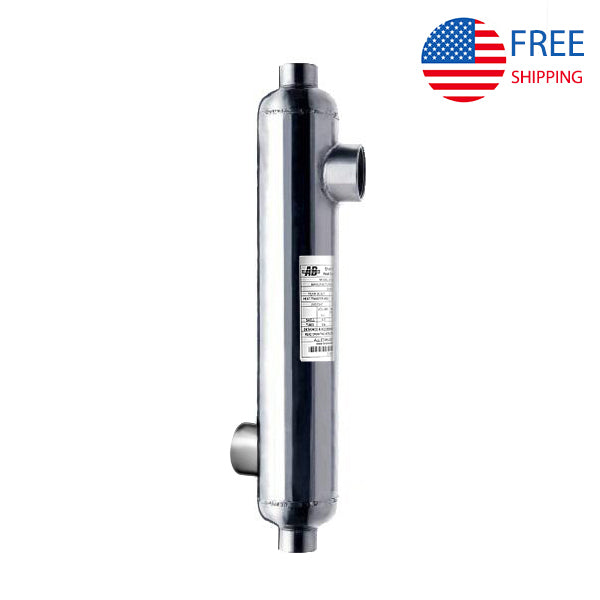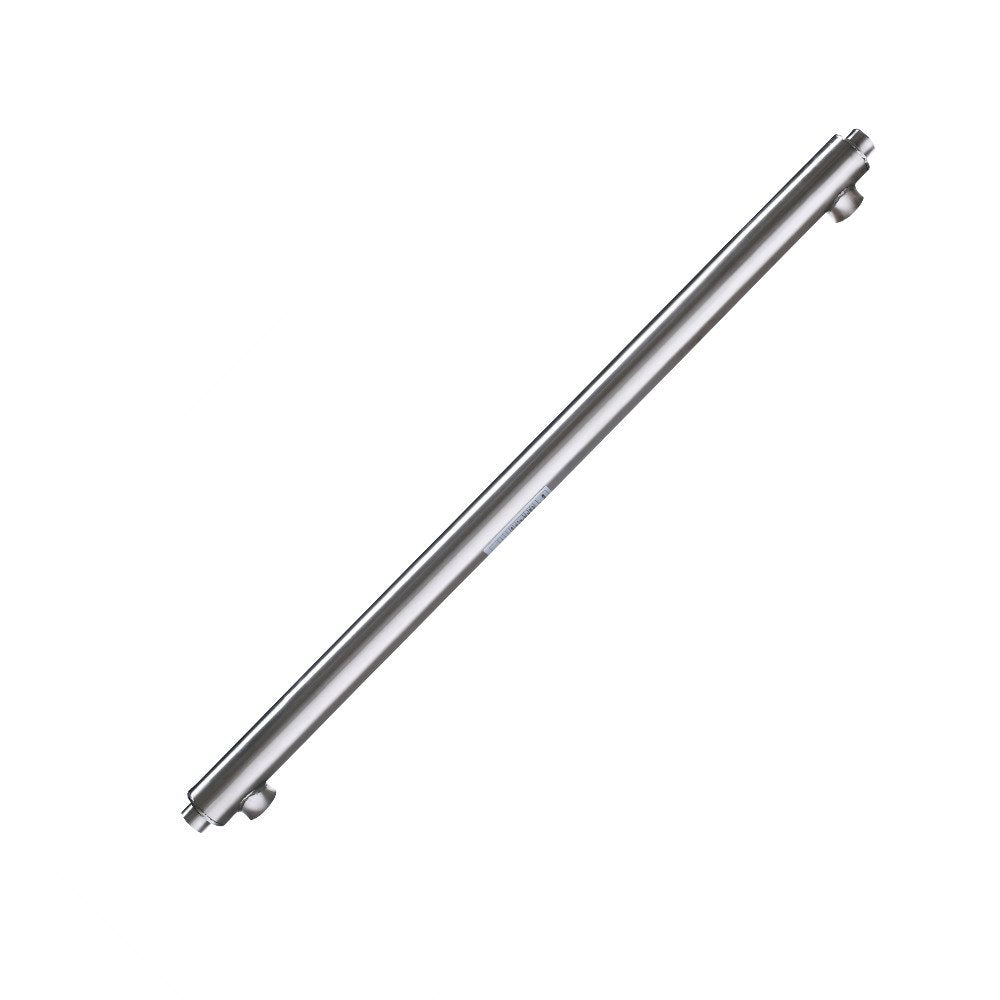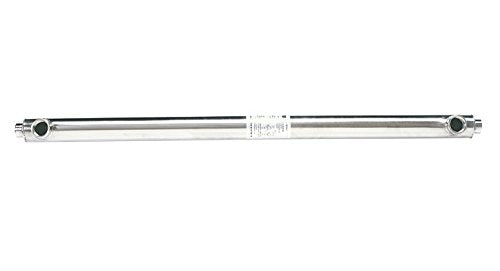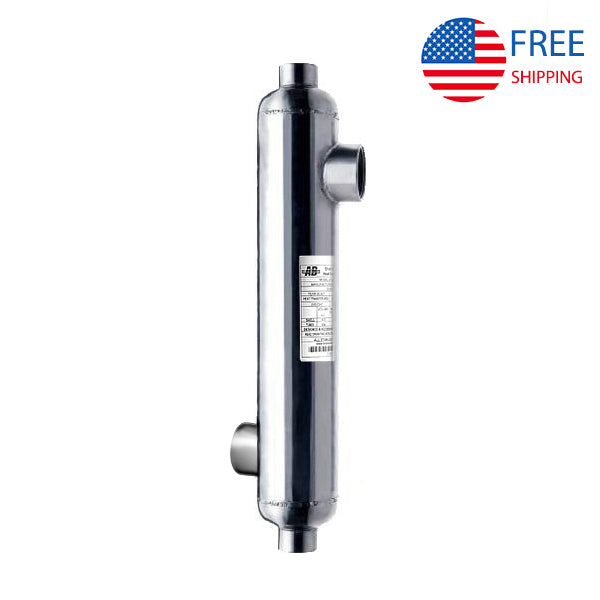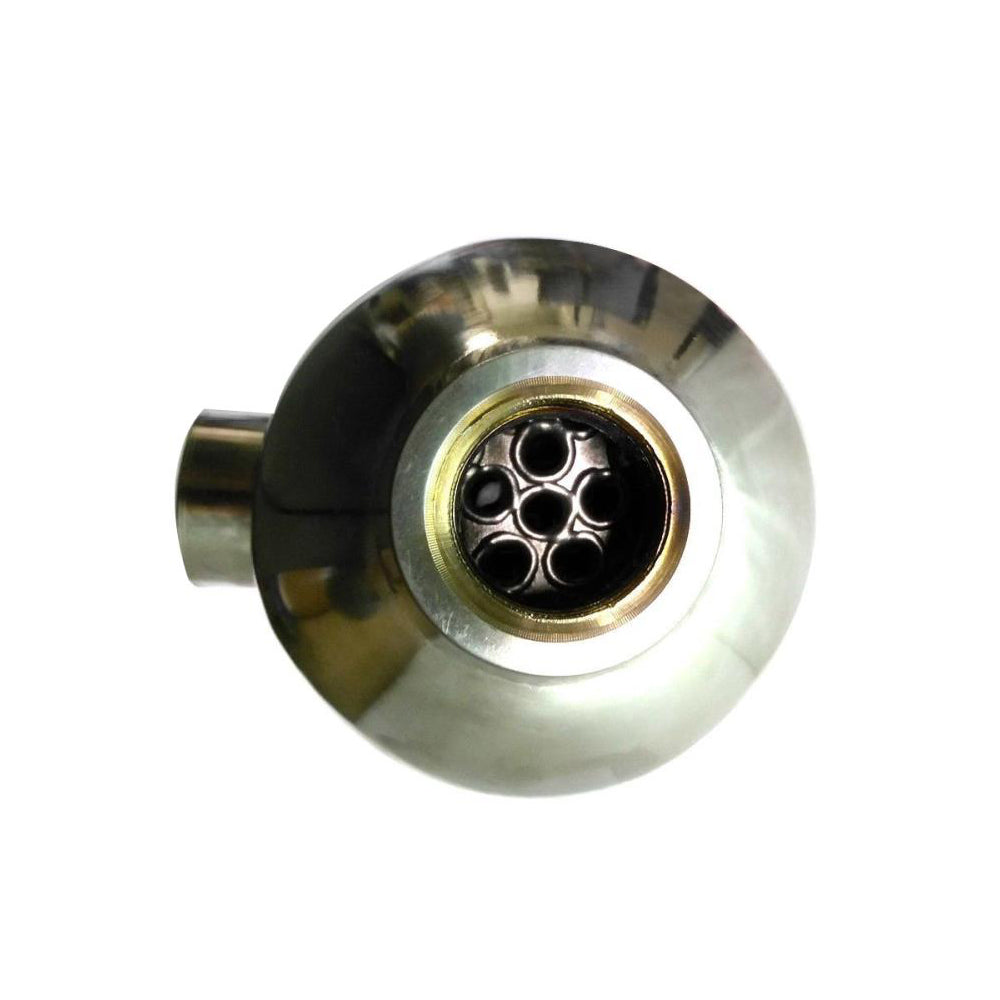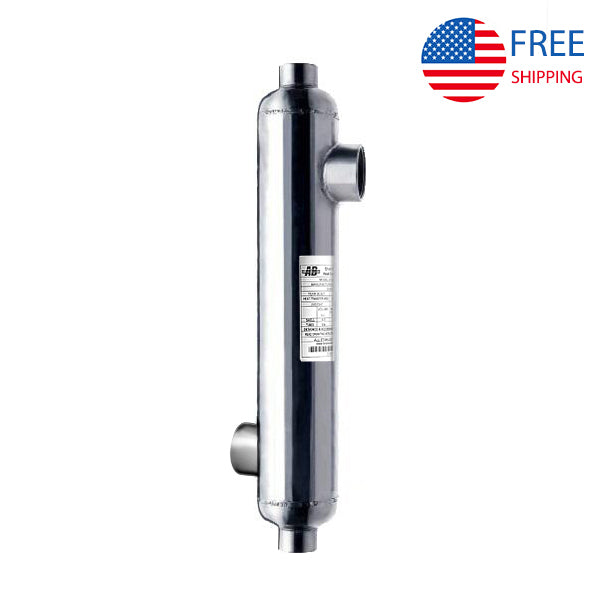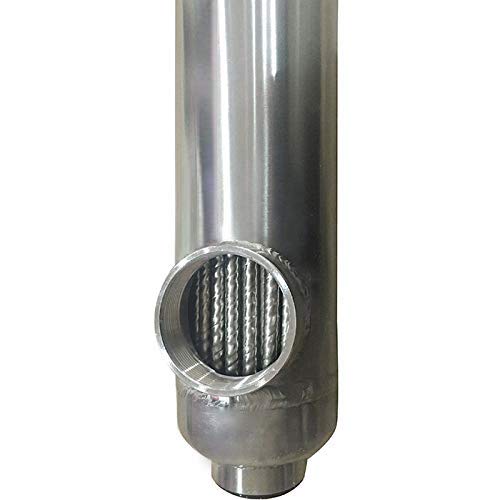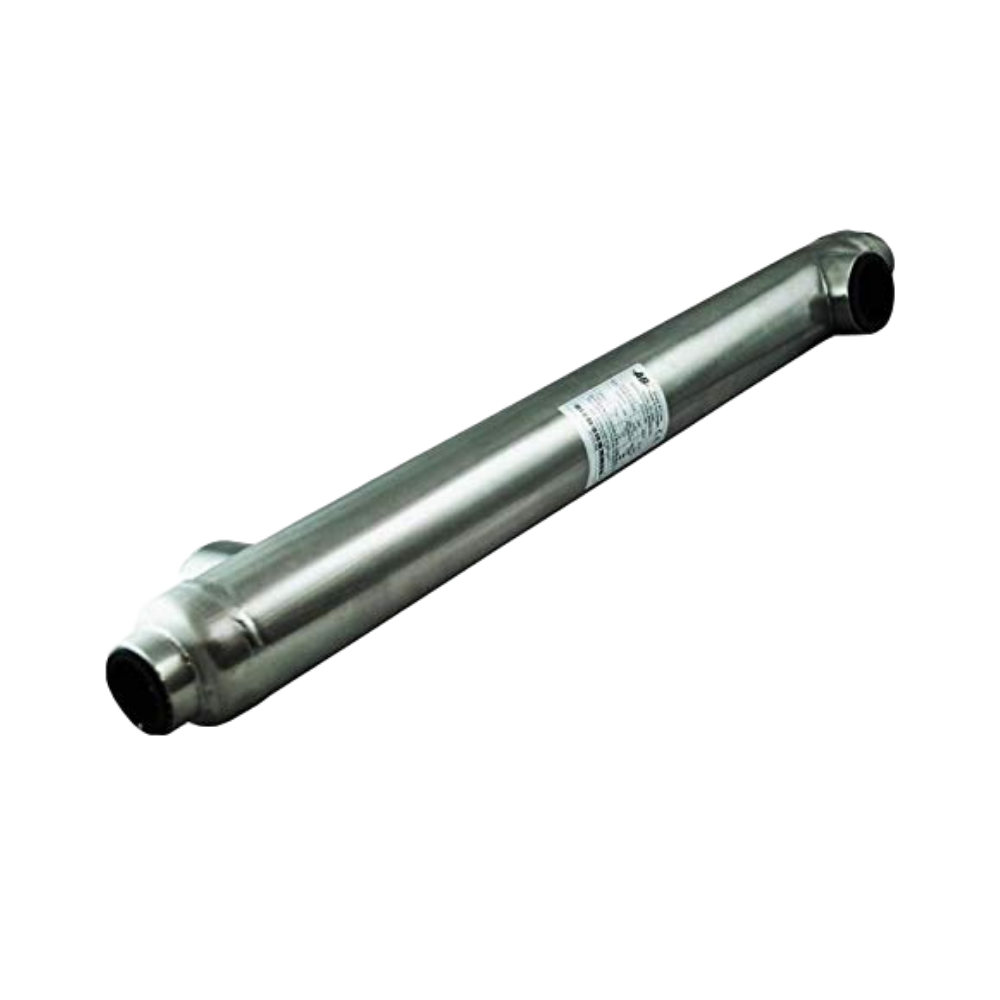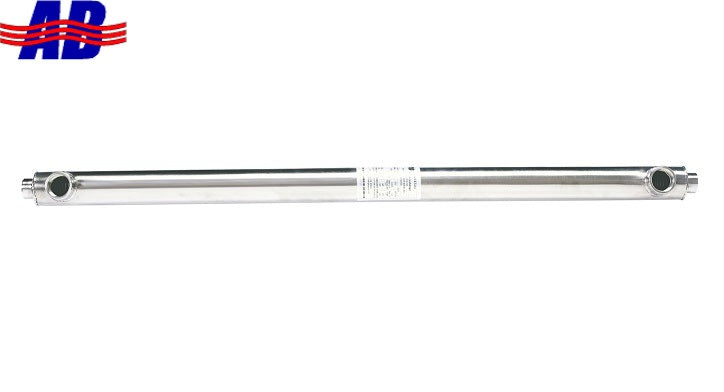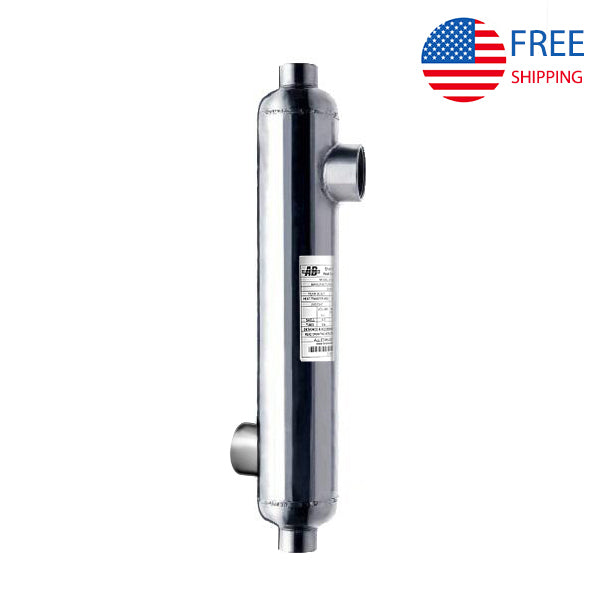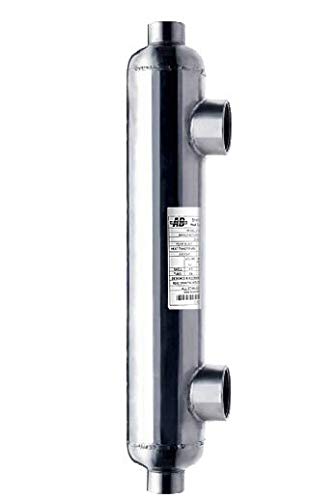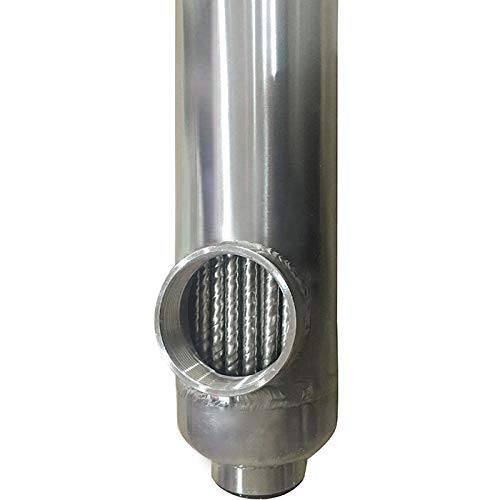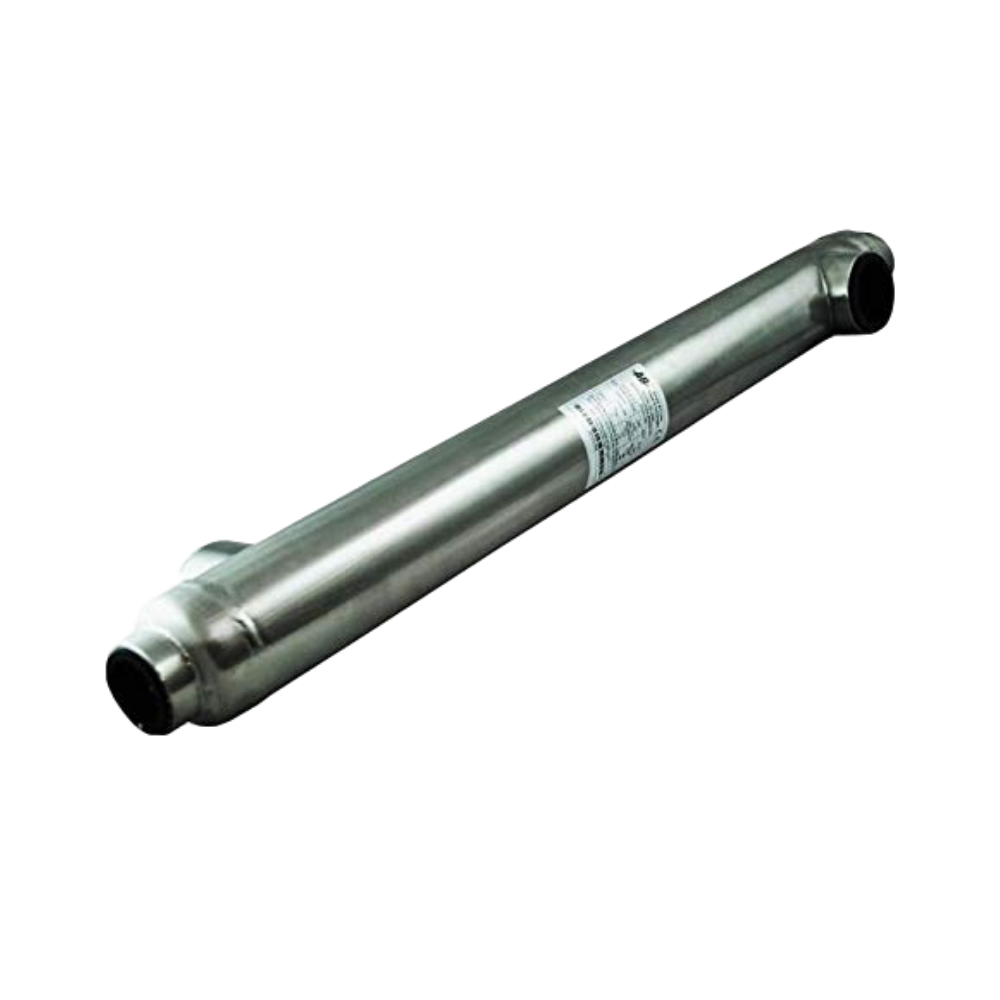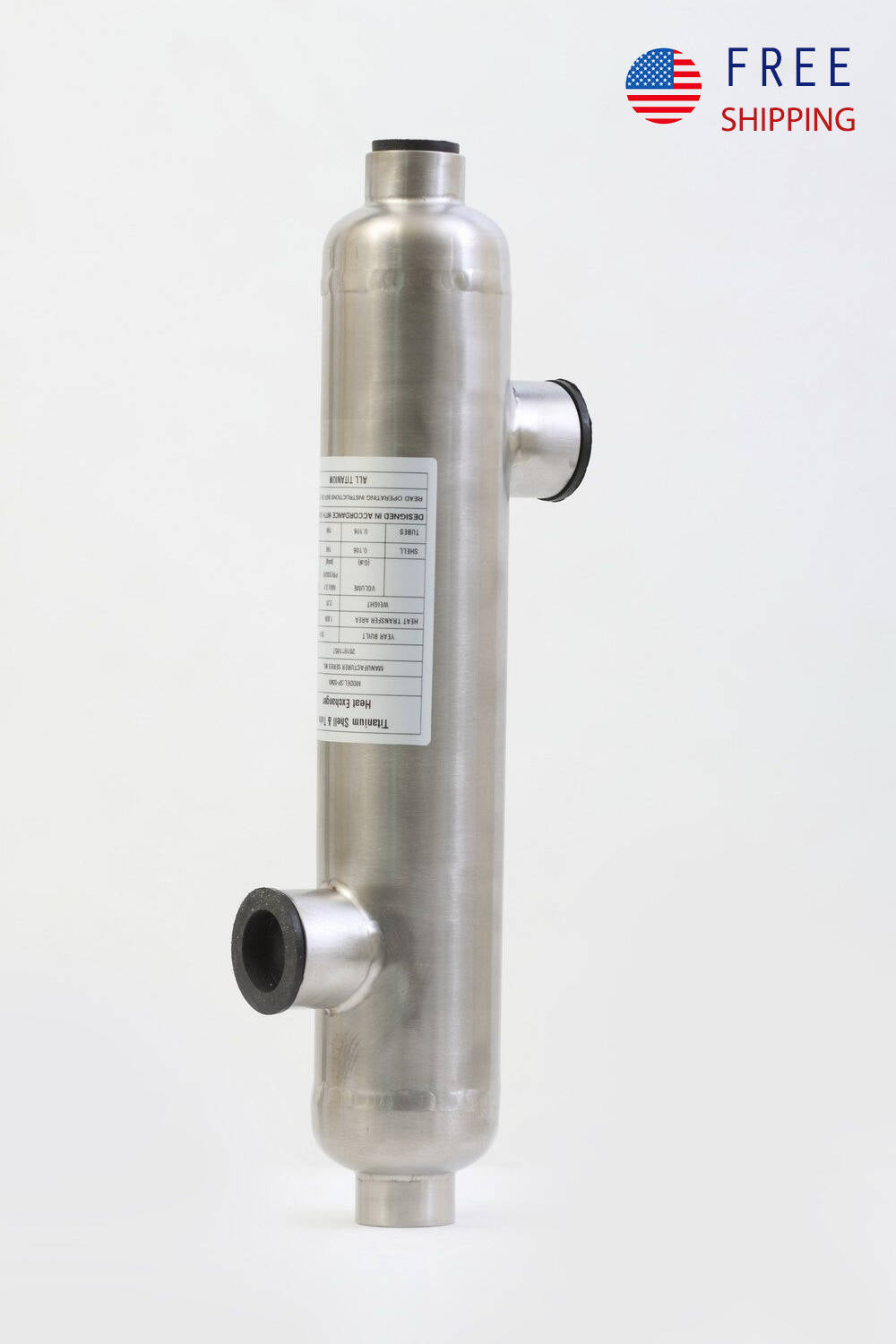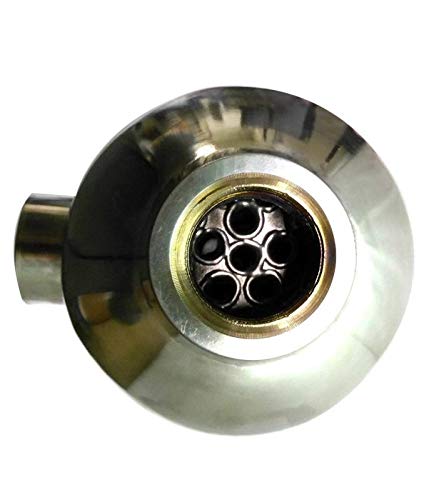Shell Tube heat exchangers are prevalent forms of heat exchangers, the other being plate heat exchangers. These are found all over the world.
A shell tube heat exchanger offers a straightforward design, reliable performance, and inexpensive purchase and maintenance costs. They also have a very high heat transfer rate, despite taking up more area than a plate heat exchanger with comparable thermal exchange capacity.
What are Shell and Tube Heat Exchangers?
Shell Tube heat exchanger is made out of a huge cylindrical casing, or shell, with bundles of properly spaced tubing compacted within. The flow of heat from one material or medium to another comparable substance or medium is the process of heat exchanging. One of the most common types of heat exchangers is the shell tube heat exchanger. The qualities, tubing type, and other criteria are used to classify shell and tube exchangers.
How it Works
The side of the shell and the tube side of these exchangers are two compartments or portions. The fluid allotment is vital when dealing with a shell and tube heat exchanger since it determines which side the hot fluid will enter and which side the cool fluid will enter.
So because tubes are intended to bear high pressure, the lower pressure fluid enters via the shell intake when there is a pressure differential between the fluids.
Types of Shell and Tube Heat Exchangers available at WiseWater Alfa Heating Company
Shell and tube heat exchangers mainly have three flow types. The three types of flows are parallel, counter, and cross. The three flow types must be utilized in conjunction for the design, operation, and applications.
- When the shell and tube sides enter at the same end and flow directly to the extreme side, this is known as parallel flow. Each fluid's temperature changes by the same amount and goes up or down by the same amount.
- When fluids are flowing in opposite directions, they enter the shell tube exchanger at opposite ends and also take an exit at the opposite ends. This is known as counter flow. The most common and effective type of shell tube heat exchanger is the counter flow.
- Fluids flow perpendicular to one other at a 90-degree angle in a cross-flow shell and tube heat exchanger.
Benefits of Choosing Shell and Tube Heat Exchangers
There are several benefits of using a shell tube heat exchanger:
- They may be designed and built to withstand extremely high pressures.
- They feature a design that is both flexible and stable.
- They may be designed and built to withstand extreme heat and cold.
- They can withstand thermal shocks.
- They don't have any size restrictions.
- They can be utilized in a variety of situations.
- Pressure loss is minimal and may be kept to a bare minimum under the process's goals.
- For maintenance, repair, and cleaning, they may be readily removed and reassembled.
- Simple to maintain and repair
- The diameter, number, length, pitch, and arrangement of pipes can all be changed. As a result, tube heat exchanger designs are highly adaptable.
How to Choose Shell and Tube Heat Exchangers
Here are some of the tips you must follow when choosing shell and tube heat exchangers when buying from WiseWater Alfa Heating Company –
- The first step in selecting the proper shell and tube heat exchanger for a pre-designed application is to thoroughly examine it from several perspectives. This entails combining knowledge from a variety of fields, such as thermal management, electrical engineering, design and production, and so on. The shell and tube heat exchanger must not only match the application's specific operating specifications but also fit comfortably within the physical area allotted to it and provide the best cooling efficiency possible within that space.
- Ambient cooling is another thing to consider when you choose shell and tube heat exchangers. Companies are frequently astonished to realize that ambient cooling is sufficient to fulfill the cooling demands of many applications. The practice of maintaining the temperature within an electrical enclosure slightly above the ambient temperature outside is known as ambient cooling. It may be done in several ways that are both efficient and environmentally benign, such as by continually absorbing and transferring electrical waste heat using cooling fluid.
- You need to also look at the thermal management needs before selecting shell and tube heat exchangers. Most people almost immediately realize the benefits and lower costs of more streamlined electrical cooling after adopting the appropriate heat exchangers for their applications. You should, however, examine additional areas where thermal management might be optimized during the system's design phase and whether the correct heat exchanger can help with that as well.

